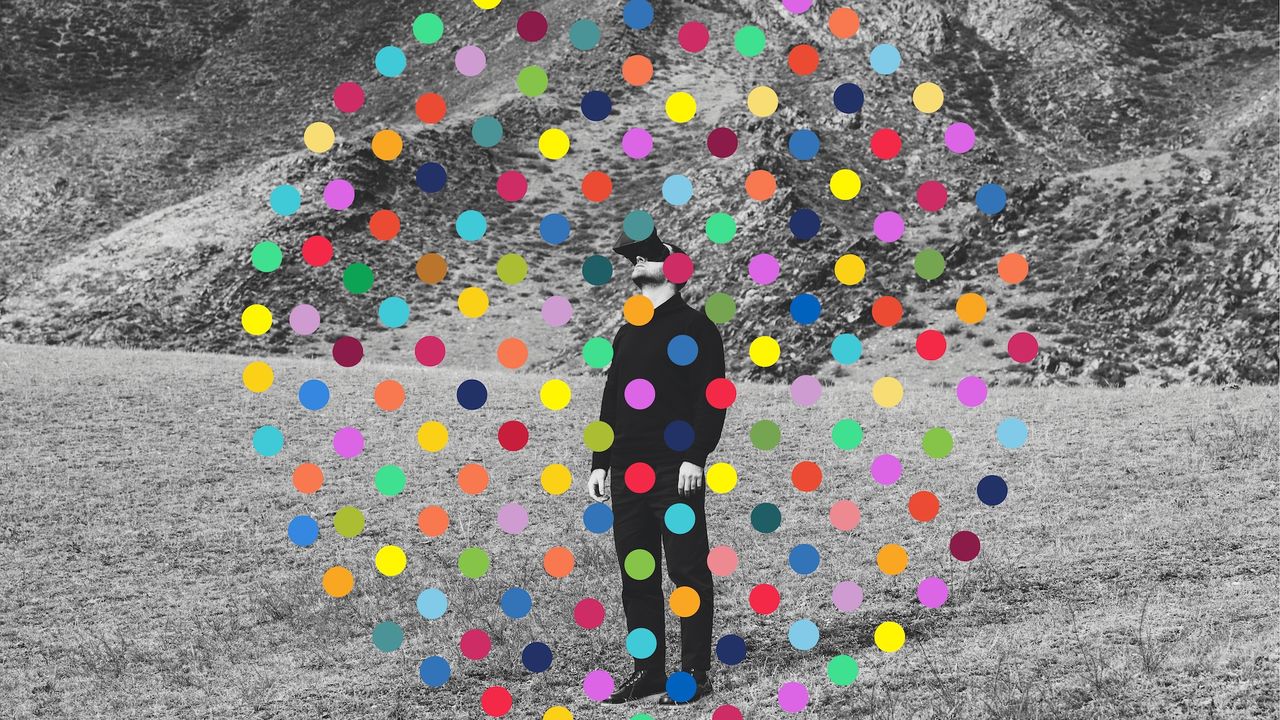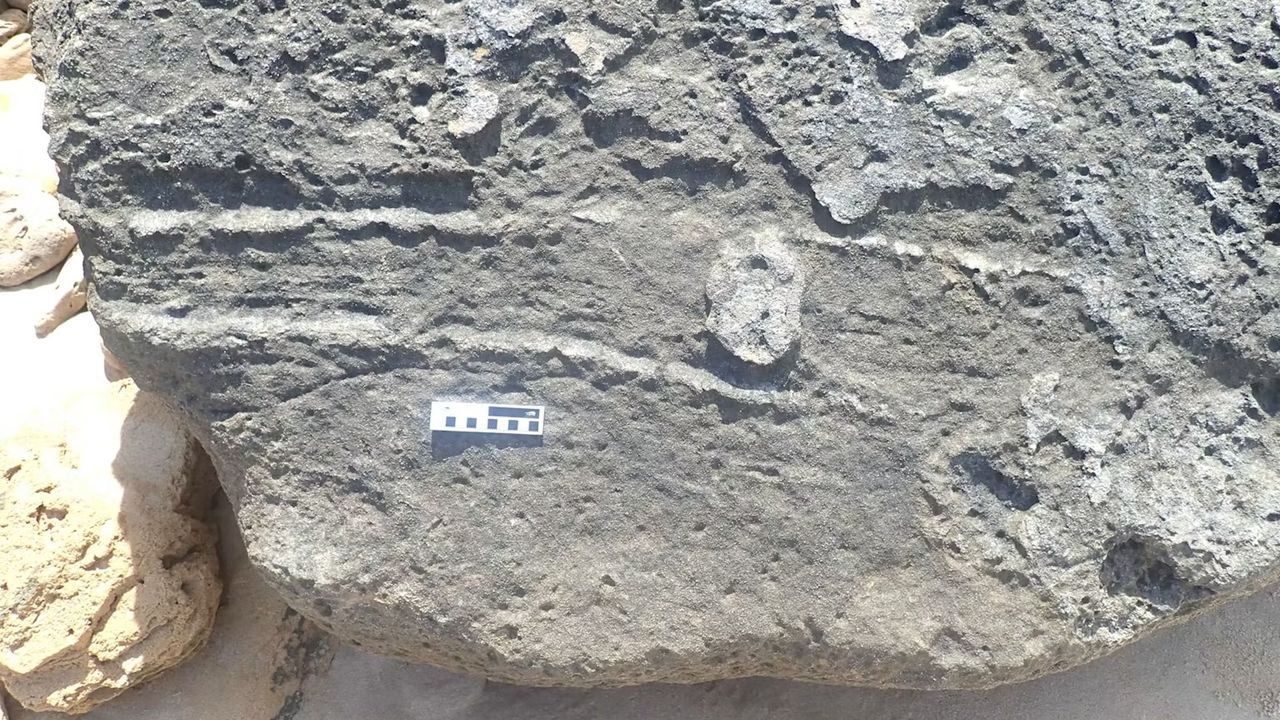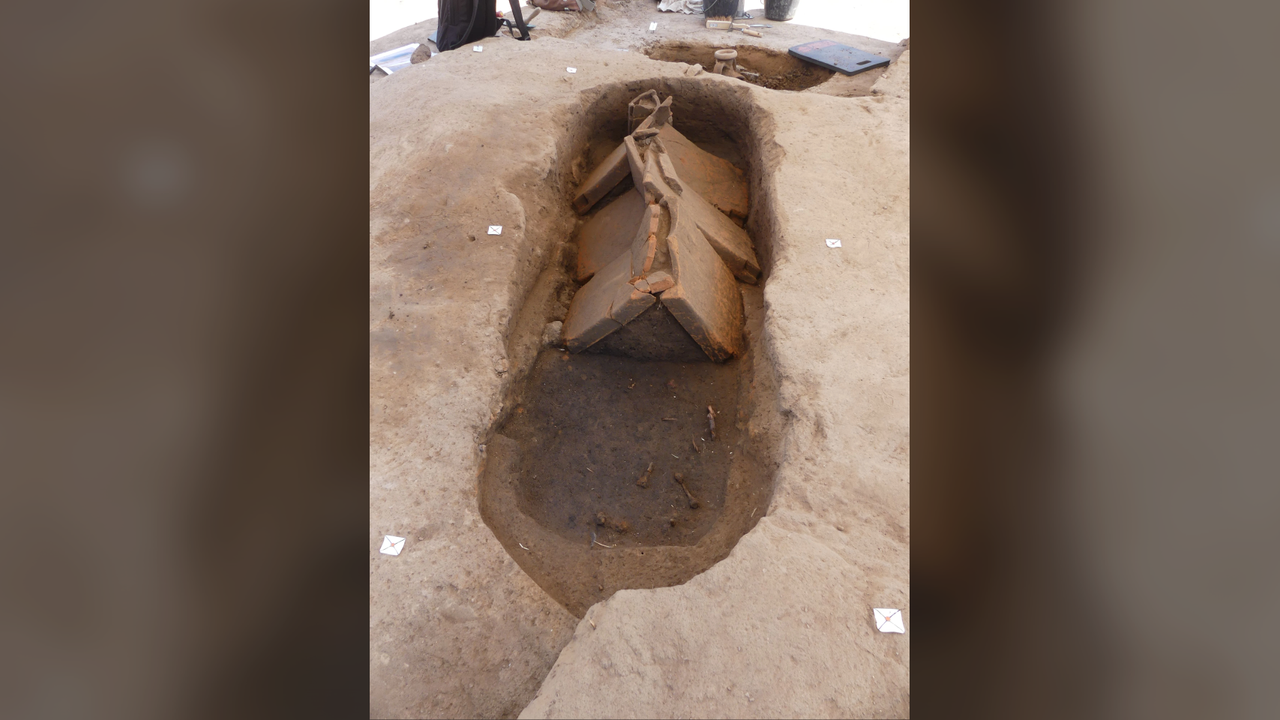Do people dream in color or black and white?
NeutralScience

The debate over whether people dream in color or black and white continues, with recent discussions suggesting that our media consumption might shape how we perceive and remember our dreams. This topic is intriguing because it touches on the intersection of psychology and media influence, prompting us to consider how external factors can affect our internal experiences.
— Curated by the World Pulse Now AI Editorial System




